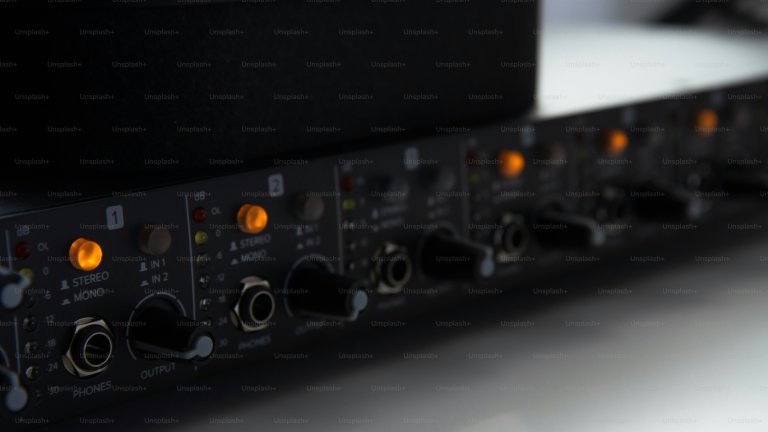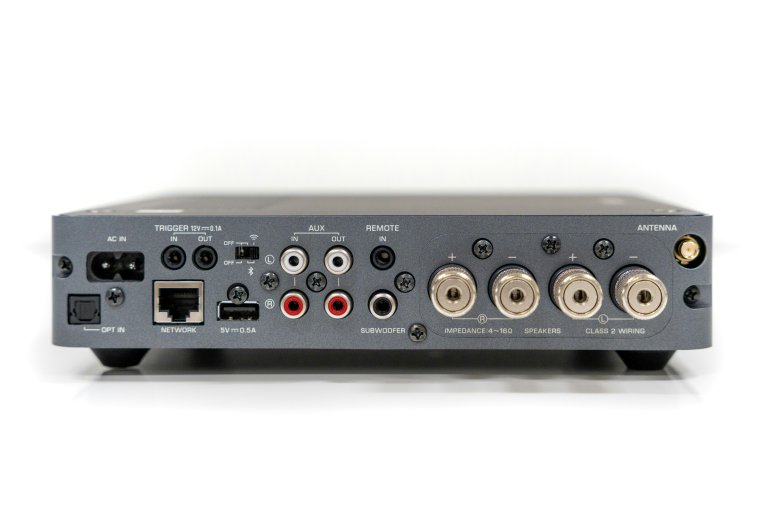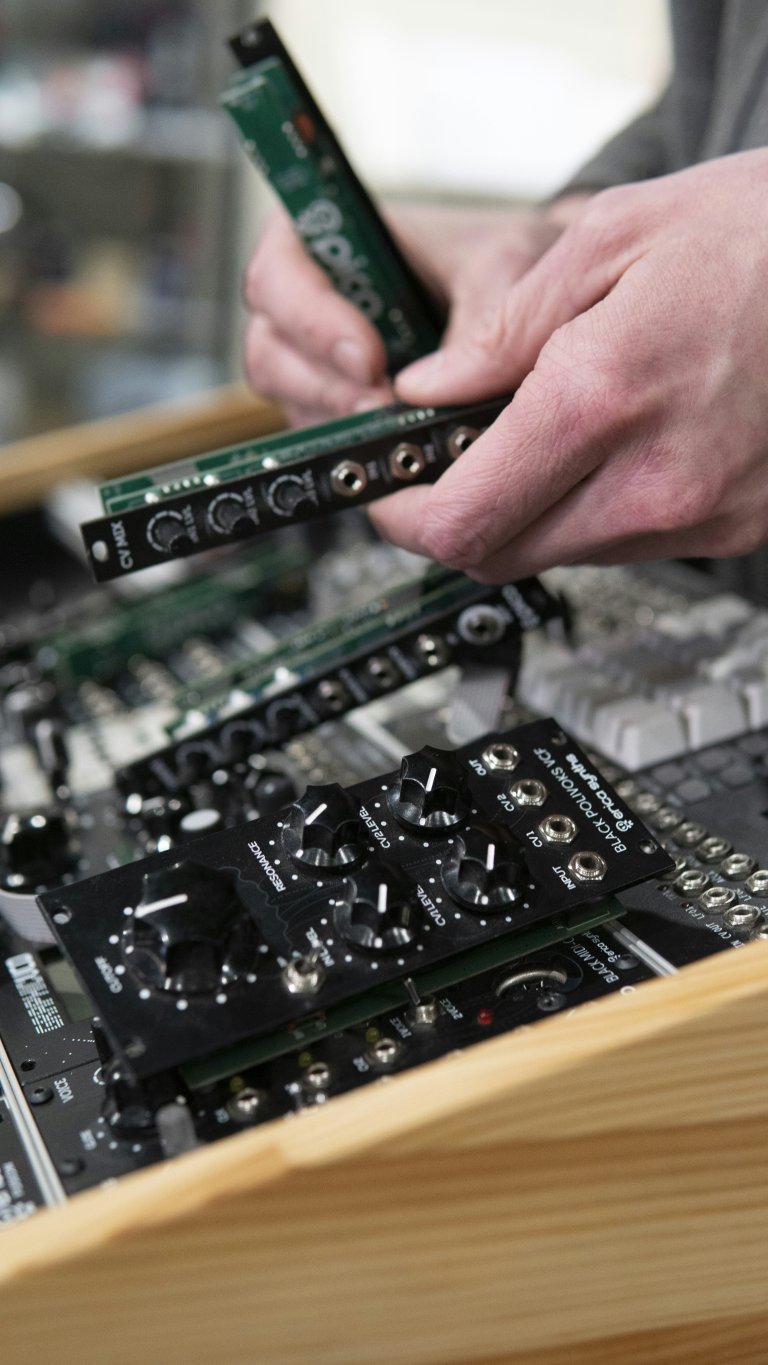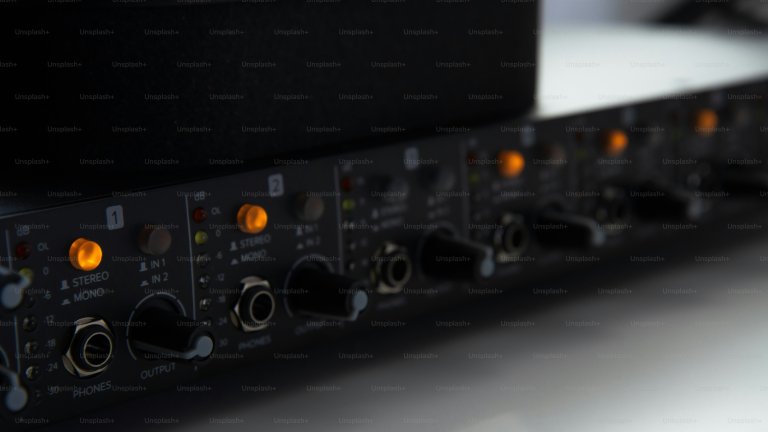Acquiring the Right Speakers for Your iPad: A Comprehensive Guide
The iPad has become an integral part of our daily lives. Whether it’s for work purposes, entertainment, or communication, the iPad offers a convenient and versatile platform. However, as advanced and sophisticated as the iPad is, its built-in speakers are not always enough to deliver high-quality sound. If you’re an audiophile or simply want to enhance your audio experience, it’s time to invest in a good pair of iPad speakers. In this article, we’ll guide you through the process of acquiring the right speakers for your iPad.
Identifying Your Needs
The first step in acquiring iPad speakers is to identify your needs. Are you looking for speakers for personal use or for professional purposes? Do you want to enhance sound quality while watching movies or listening to music? Understanding your needs will help you determine the type of speakers that would be best suited for your iPad.
If you’re looking for speakers to use in a professional setting, such as for presentations or meetings, you may want to consider portable speakers that offer high audio quality and can be easily carried around. If you’re using the speakers for personal use, you may want to opt for a pair that delivers a more immersive sound experience.
Types of iPad Speakers
Once you have identified your needs, it’s important to understand the different types of iPad speakers available in the market. Here are some of the most common types of iPad speakers:
1. Portable Bluetooth Speakers
Portable Bluetooth speakers are the most convenient option for iPad users. They connect wirelessly via Bluetooth, making it easy to move them around and use them in different settings. These speakers come in various sizes, offering different levels of sound quality. They are also available in different price ranges, making them suitable for any budget.
2. Docking Speakers
Docking speakers are designed to hold the iPad and charge it while playing audio. They provide an excellent audio experience and are great for use in the home or office. However, they are less portable compared to Bluetooth speakers and may not be compatible with newer iPad models that use the Lightning connector.
3. Soundbars
Soundbars are long, thin speakers that can be placed below or above the iPad. They offer powerful sound and are ideal for personal use. However, they are not very portable and can be quite expensive.
Factors to Consider
Now that you have identified your needs and the different types of iPad speakers available, here are some factors to consider before making your purchase:
1. Audio Quality
The most important factor to consider when purchasing iPad speakers is the sound quality. Look for speakers that offer clear, crisp, and detailed sound. You may also want to consider the bass levels and overall balance of sound.
2. Compatibility
It’s essential to ensure that the speakers you choose are compatible with your iPad model. Some older speakers may not be compatible with newer iPad models that use the Lightning connector. It’s always best to double-check the compatibility before making your purchase.
3. Portability
If you’re looking for speakers that can be used on the go, portability is a crucial factor to consider. Portable Bluetooth speakers or smaller docking speakers may be a better option for those who want to use their iPad speakers both at home and on the go.
4. Design
iPad speakers come in a variety of designs, from sleek and modern to more traditional options. Choose a design that suits your personal style and complements the aesthetics of your iPad.
5. Brand Reputation
It’s important to purchase speakers from a reputable brand with a good track record of delivering high-quality products. Look for reviews and recommendations from other iPad users to ensure that you’re getting a reliable product.
Conclusion
In conclusion, finding the right speakers for your iPad is a matter of understanding your needs and doing your research. Consider factors such as audio quality, compatibility, portability, design, and brand reputation before making your purchase. With the right speakers, you can enhance your iPad experience and elevate your audio quality to new heights.








